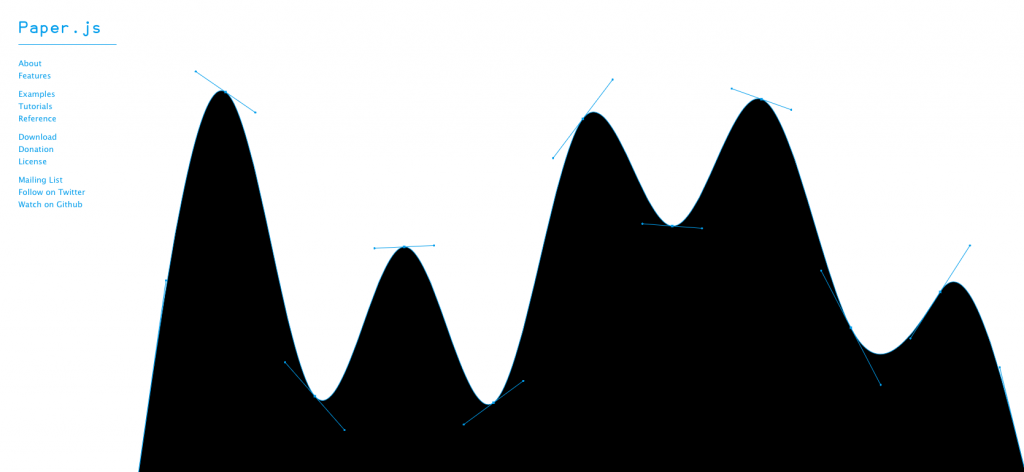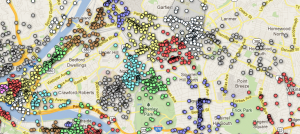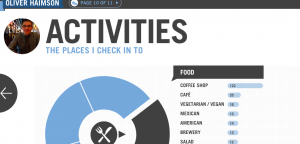Minnar Xie-Looking Outwards-1

http://www.feld.is/projects/hearing-gras/
To Hear the Grass Growing is an installation that employs a sensor around the roots of grass to pick up the electrical pulses as the grass grows. These currents are used to generate sound that fills the room, amplifying the clicks and frequencies of the natural growth process. I love the poeticism of being able to make something so subtle and into something very tangible, and in this way allowing people to have a greater recognition of the constant unnoticed activity in our natural world. It reminds me of the recent research on the social life of plants that Professor Momeni was telling me about the other day, and how there is actually a lot of complexity in the way that plants interact with one another (ie: plants recognize kin) but mere human-eye viewing of plants aren’t able to really detect that on a surface level. The use of sensors in this project really arrives at something deeper for me.

I have really been interested in work involving biofeedback lately, in line with my project for my Hybrid Instruments Building course. I found this really cool project Mindchill, which uses a sensor that measures galvanic skin response (a way to measure emotional activity based on your skin’s electric connectivity) and uses that data to control whether a video feed of water either boils or freezes (ie: a stronger emotional reaction, the more the water boils and shifts state into a gas). The video is projected on a large screen in front of the participant.
There aren’t really good photos of the installation itself, but I love the notion of the participant creating a feedback mechanism with themselves. By placing the projection right in front of the viewer, the participant’s emotional state causes the video to react a certain way, which in turn influences the participant’s emotional state, and so on… I think an interesting possible expansion of the project is making it so that a group of people are all providing the emotional response, so the video is reacting to the collective emotion and the individuals all sort of emotionally merge in response to the feelings of others.
.jpg)
David Bowen’s Fly Blimps are also really really neat, a project which each balloon contains a little pod of flies that control the movement of the blimp by their collective movement. A sensor detects the light between the moving flies and sends this data to a microcontroller that then moves the blimp. I like the idea of exploring group behavior and movement in an abstracted way, drawing parallels between fly group behavior and human group behavior, especially the notion of how our seemingly inconsequential gestures as a result of just living can amount to the fate of our group.








